|
3/26/2021 Immigrants & International Events Shaping the D.C. Landscape: 5 Monuments that You Should VisitRead NowBy Ben JaffeIf D.C. is known for one thing, outside of being the seat of the U.S. federal government, it is the city’s monuments. On the schedule of every tourist is a visit to the National Mall to look upon the Washington, Lincoln, MLK Jr. and Jefferson memorials. Throw in the WWII, Vietnam and Korean War memorials, and that would likely cover most of the average tourist’s to-see list. However, D.C. has many more monuments to offer than just those at the National Mall. D.C. has long drawn people from all over the world, and the city’s landscape reflects that. We’ve compiled a list of five different memorials honoring immigrants or commemorating international events that have shaped the U.S. and the world. "Washington DC Old Post Office & Gibran Khalil Gibran Memorial 006" by Nicolas Karim is licensed under CC BY-NC-ND 2.0 Khalil Gibran Memorial Garden Hidden along Embassy Row next to the South African Embassy lies the Khalil Gibran memorial. Crossing the small footbridge, you will find a modest memorial garden with a small fountain, trees, a sculpture of Gibran and a bench bearing his poetry and quotes. Gibran, a Lebanese-American poet, was the first Arab American honored with a memorial in D.C. Though Gibran only lived to 48, his influence was felt across the Middle East and the United States through his writing, painting and teaching. His most well-known work is arguably his book, “The Prophet,” which has sold over 11 million copies and has been quoted by artists such as Elvis Presley and John Lennon. Saint Mother Théodore Guérin Statue Théodore Guérin was a French-American nun who was canonized in the Catholic faith as a saint in 2006, 150 years after her death. Born and raised in France, she moved to rural Indiana in 1840 and established some of the first schools across the state. She was also seen as an experienced community leader and businesswoman who helped with community development in western Indiana. Her statue can be found directly behind the the main basilica on Catholic University’s campus. Dedicated in 2008, the statue was given by the Sisters of Providence of Saint Mary-of-the-Woods, the congregation Guérin led. "Motherland" by Frederic Sogoyan is licensed under CC BY 2.0 Armenian Earthquake Statue Down the street from the White House and next to the American Red Cross National Headquarters, a statue of a woman clutching a child stands as a “thank you” to the American people from the Armenian people for their aid following the 1988 Armenian earthquake, also known as the Spitak earthquake. Between 25,000-50,000 people were killed, and the damage was so bad that the Soviet Union, which Armenia was a part of at that time, requested aid from the United States despite the ongoing Cold War. The sculpture was designed and made by Armenian-Russian artist Frid Soghoyan, who himself had lost many friends to the earthquake and highlighted the key role the U.S. support provided to Armenia. Albert Einstein Memorial Arguably one of the most well-known scientists in history, German physicist Albert Einstein originally came to the United Kingdom and then the United States as a refugee. His memorial, though located north of the Lincoln Memorial right below the National Academy of Sciences, is easy to miss. Originally dedicated in 1979, the memorial features a platform surrounded by a semi-circle of stone benches. Represented on the platform are locations of stars and planets, in the position they were at the time of the memorial’s dedication, and on the surrounding bench sits a 12-foot-high statue of Einstein with a book in his left hand. On the book is etched three equations that Einstein is credited with discovering. Holodomor Memorial to Victims of the Ukrainian Famine-Genocide of 1932–1933 by Max Herz is licensed under CC BY-SA 4.0 National Holodomor Memorial
Just west of Union Station on Massachusetts Avenue sits the Holodomor Memorial, which stands in dedication to the millions of people who died of starvation in Ukraine from 1932-1933 during a famine engineered by the Soviet Union. Built in coordination with the Ukrainian government, the memorial was made to honor the victims and educate the American public on the event, which is not well-known in the United States. The memorial was designed by local architect Larysa Kurylas, the daughter of Ukrainian immigrants, and consists of a 30-foot wall depicting a field of wheat that slowly transitions from abundant to barely visible. To the right of the wall, an inscription in English and Ukrainian describes Holodomor and provides context to one of the deadliest genocides of the 20th century. This memorial is just one of the three modern memorials in D.C. to be designed by a woman.
1 Comment
Carol Ridker
4/11/2021 08:52:10 pm
Thank you for bringing these memorials to my attention. I hope to visit them when the pamdemic is over. Good write-ups!
Reply
Your comment will be posted after it is approved.
Leave a Reply. |
Details
AuthorKAMA DC provides a platform for immigrants to teach classes and share stories based on their skills and passions. Archives
October 2022
Categories |

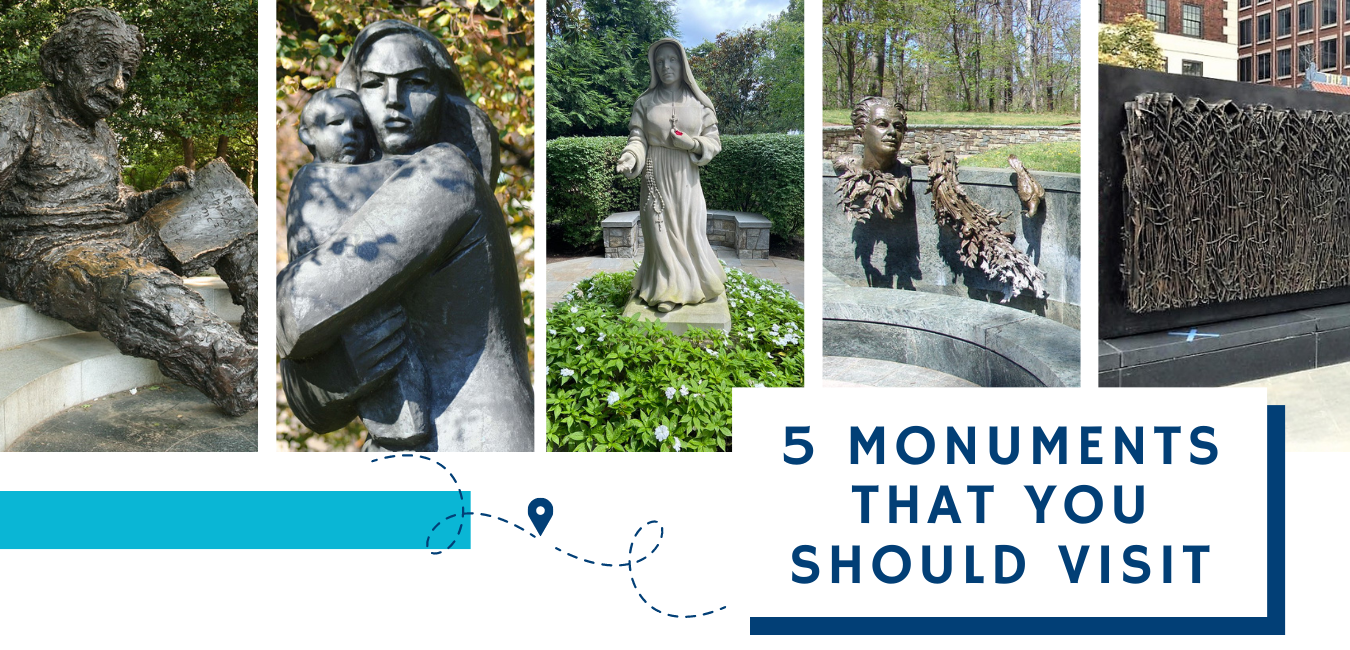
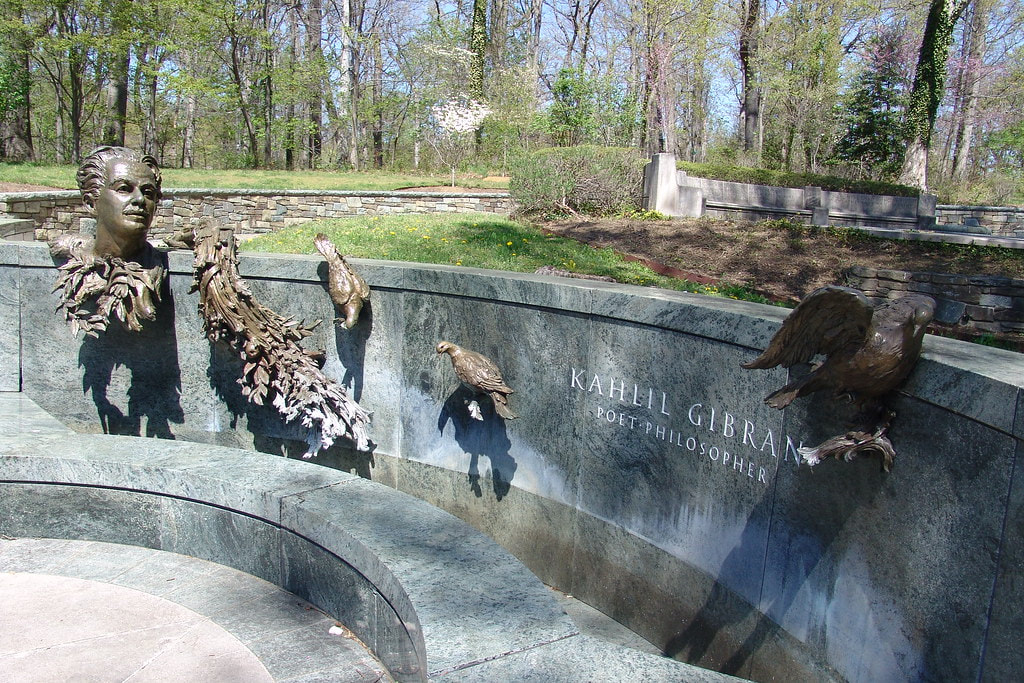
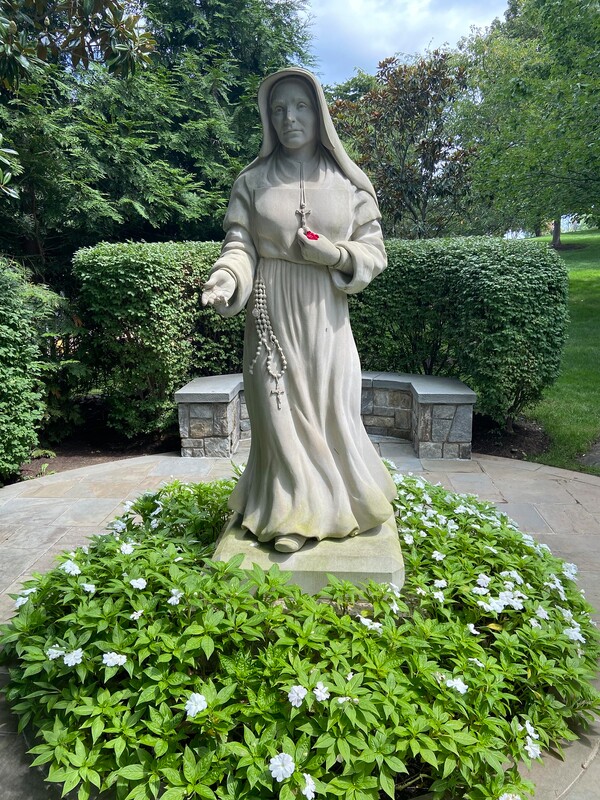
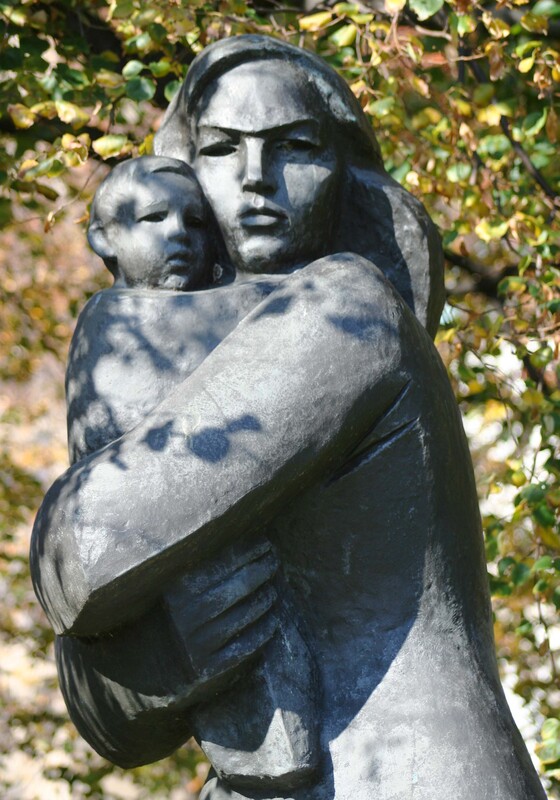
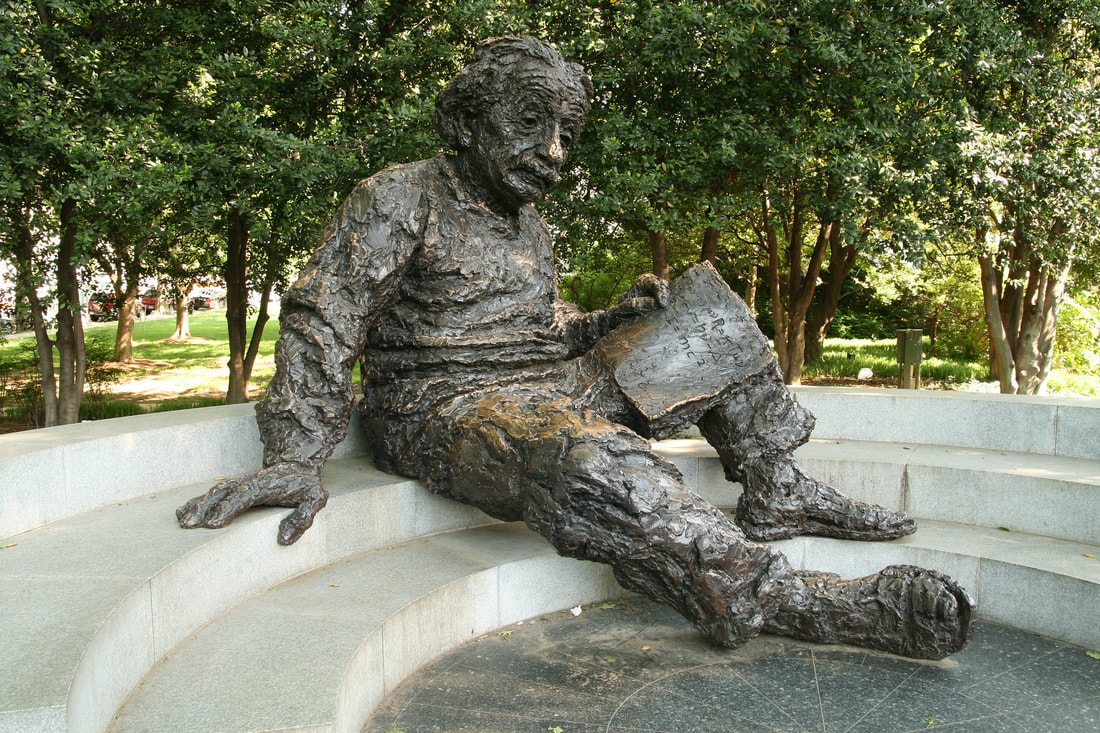
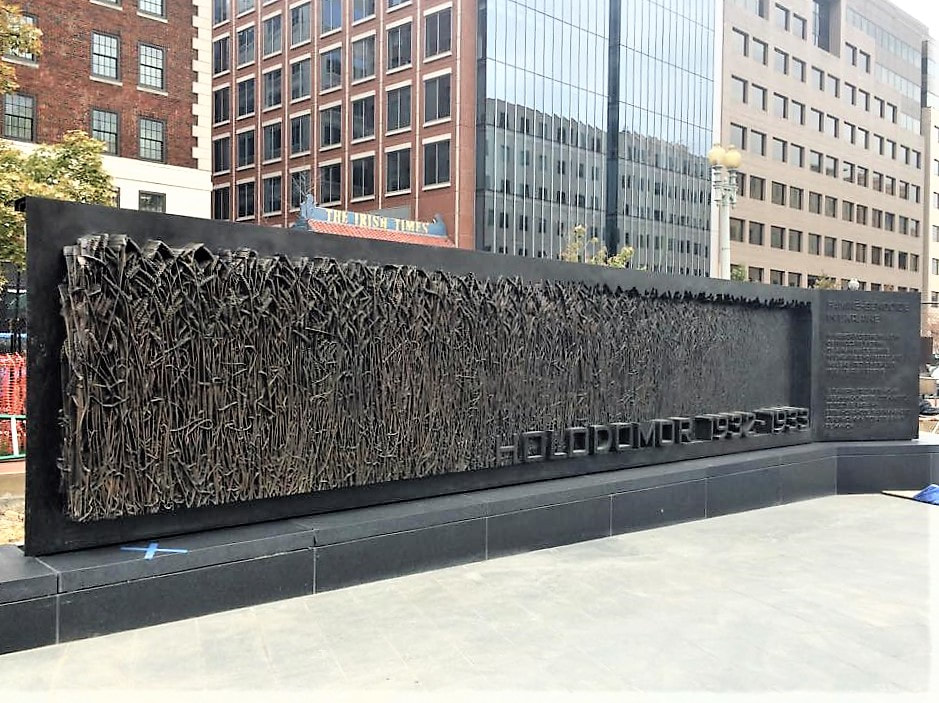
 RSS Feed
RSS Feed